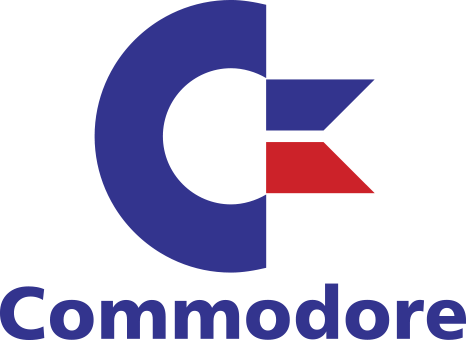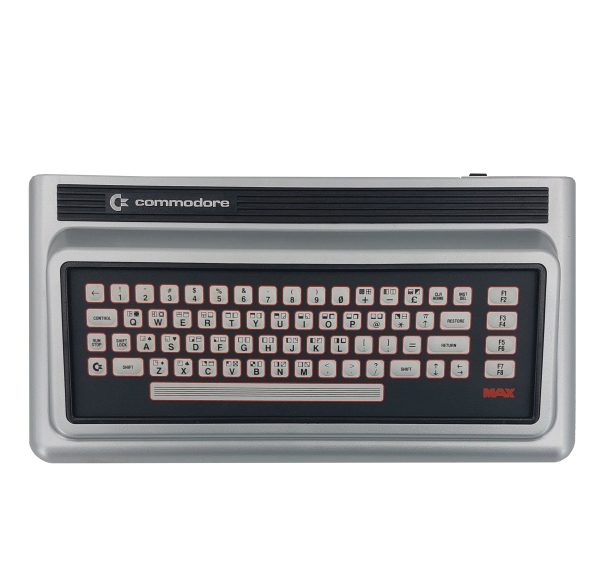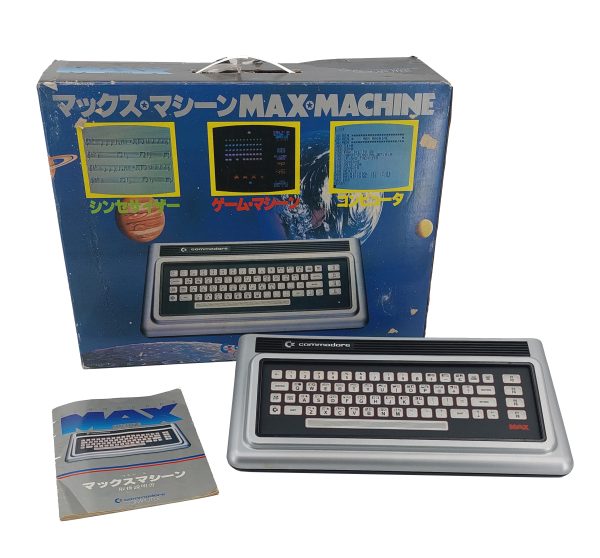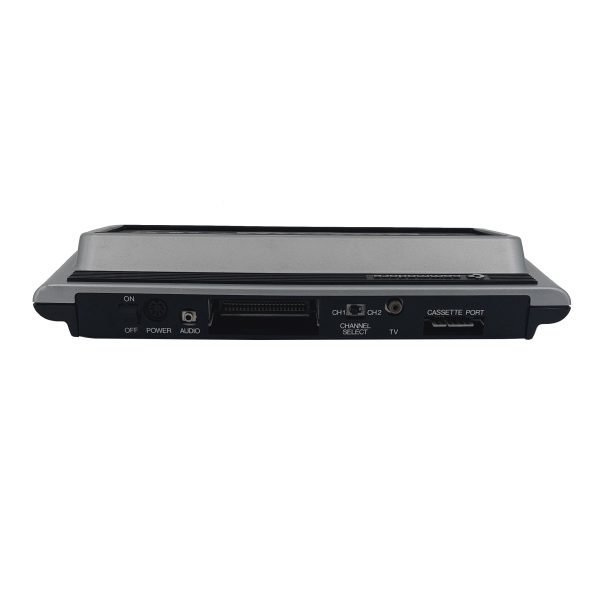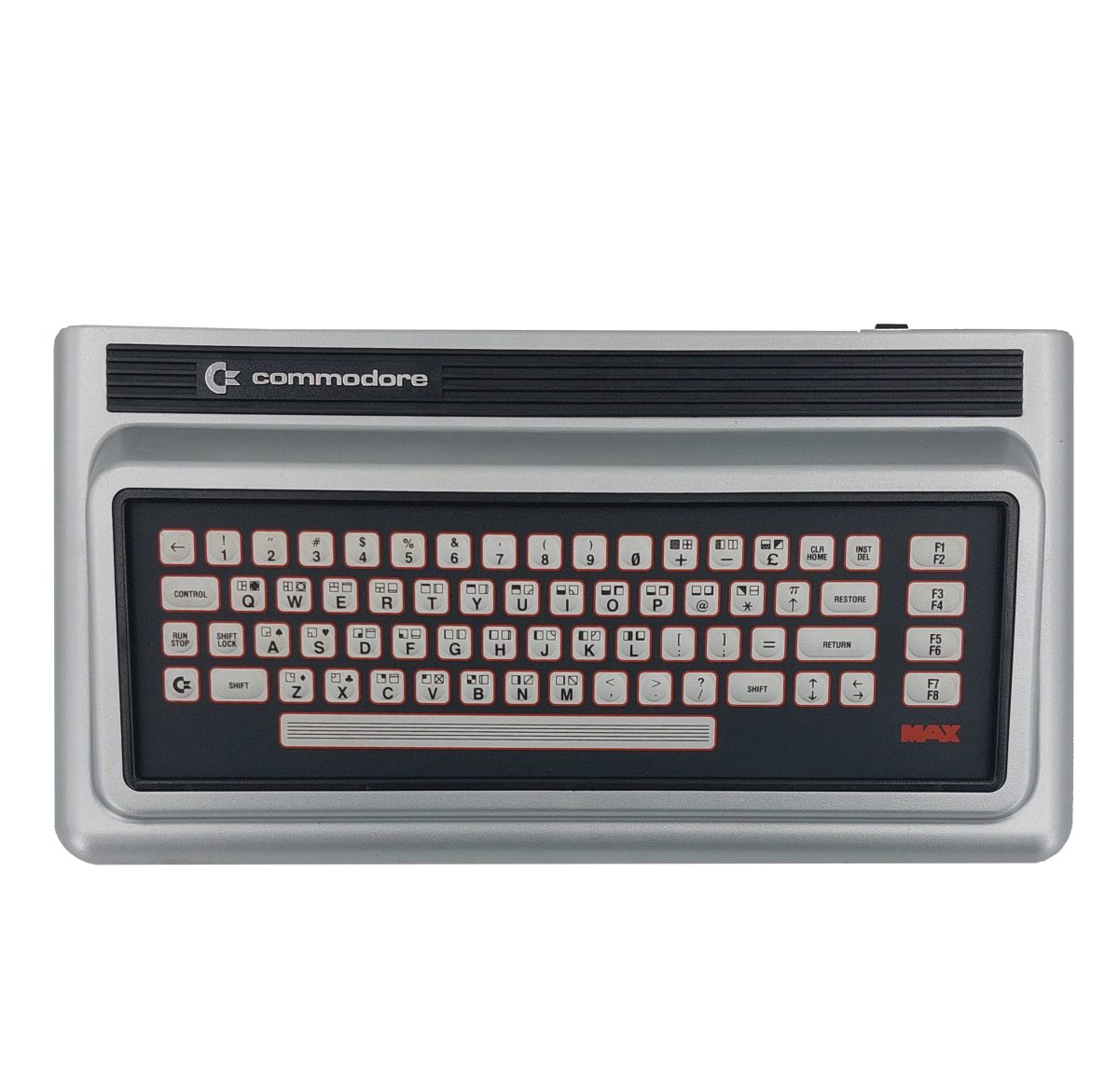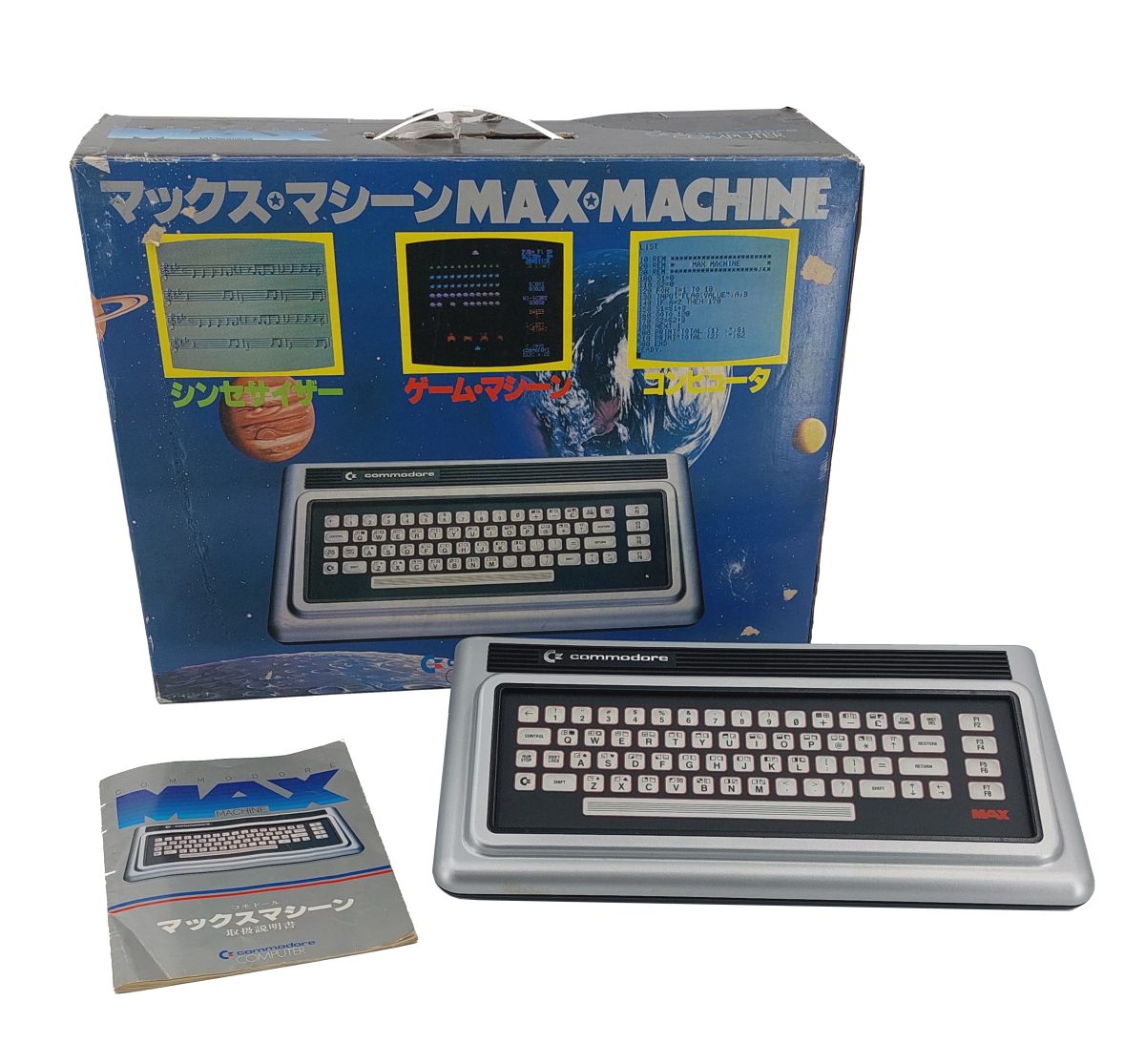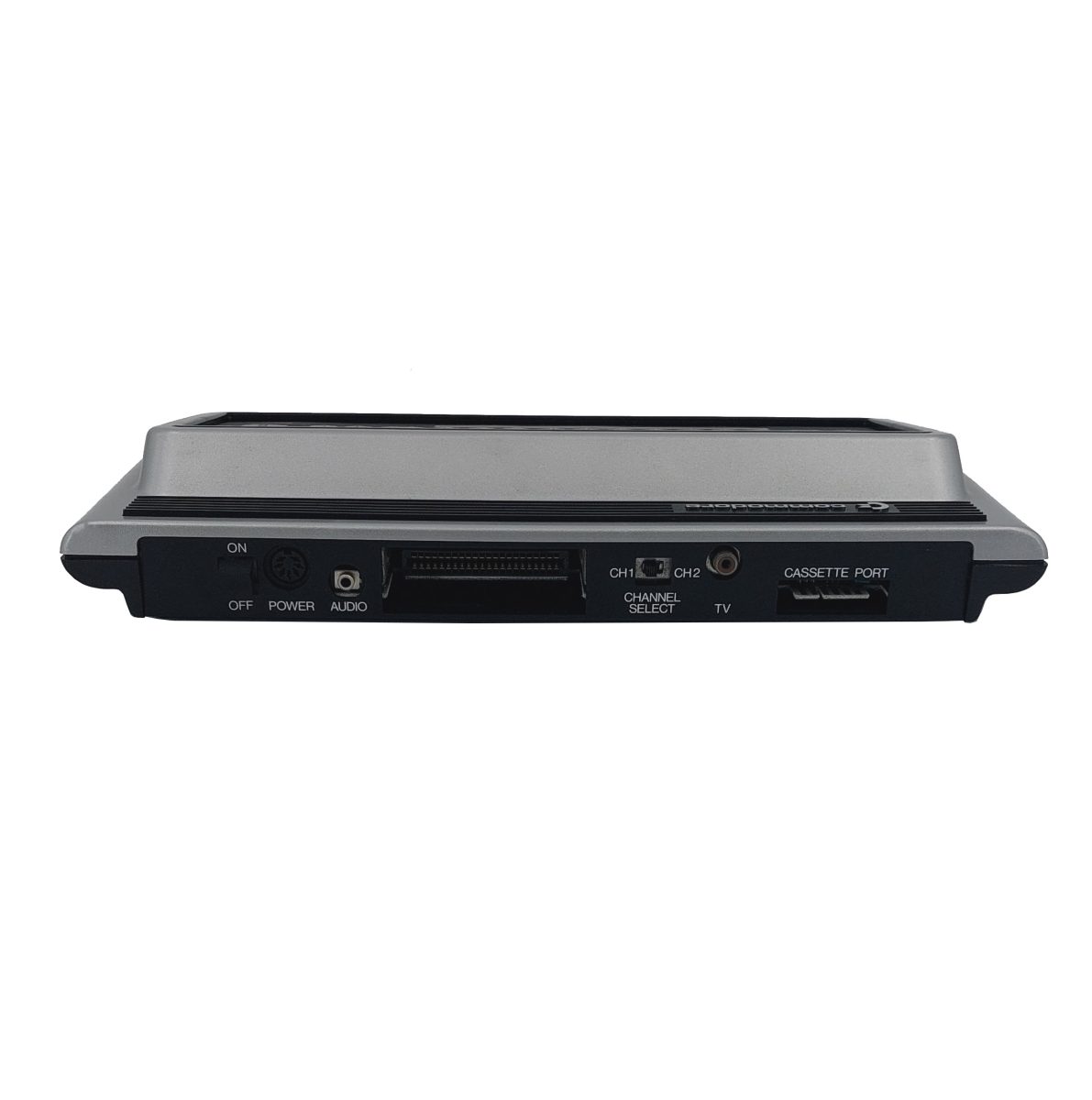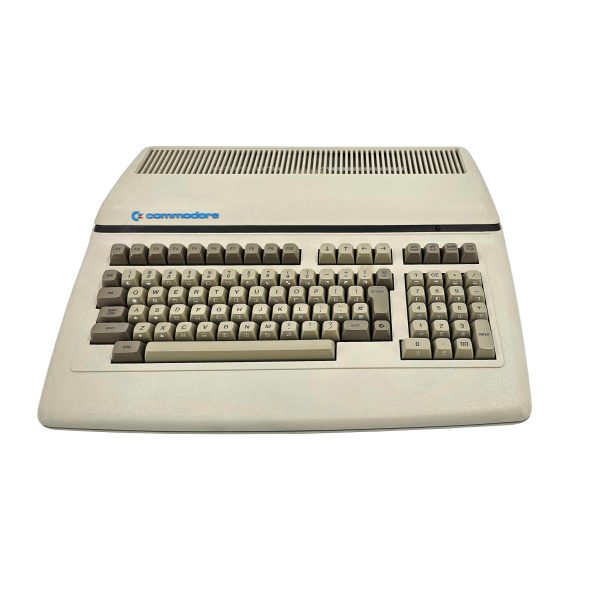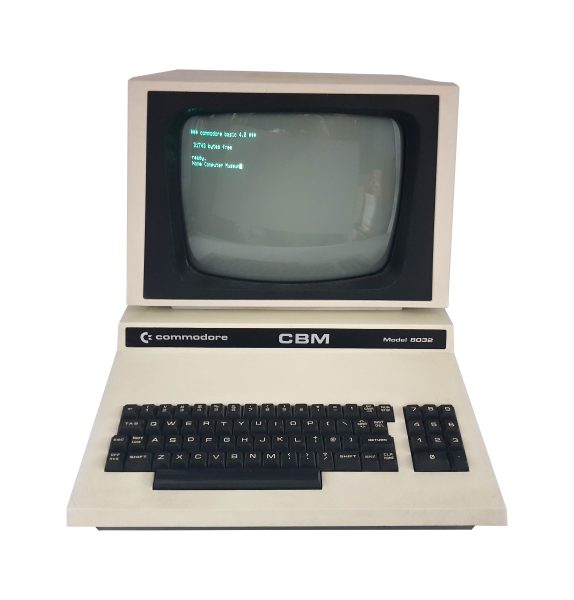Commodore Max Machine
The Commodore Max Machine, also known as the Commodore Ultimax in the United States and VC-10 in Germany, was a home computer released by Commodore International Japan in 1982. It was a relatively short-lived and unsuccessful model, but it had some interesting features and has its place in the history of computers.
Commodore Max Machine
The Commodore Max Machine, also known as the Commodore Ultimax in the United States and VC-10 in Germany, was a home computer released by Commodore International Japan in 1982. It was a relatively short-lived and unsuccessful model, but it had some interesting features and has its place in the history of computers.
The Commodore Max Machine was developed as a successor to the VIC-20, but cheaper than the forthcoming Commodore 64. The price was therefore the same as a VIC-20, but the Max Machine already had the more extensive SID chip to to make sound.The Max Machine was a simple computer with a limited memory of 2 kilobytes of RAM. It had no built-in Basic, no possibilities to connect a floppy drive, printer or modem and no user port. The computer could be connected to a television via an RF modulator. Its main feature was the cartridge port, which was intended to provide most of the functionality and software via external cartridges.
The extensions and software for the Max Machine remained very limited. The VIC-20 already had an extensive software library and since the price was the same, many people stuck with the old computer. The Commodore 64 was released later in the year. It did have Basic built in directly and was compatible with the VIC-20 software, which made it successful.
As a result of these factors, the Commodore Max Machine was eventually discontinued after a relatively short period of production and distribution. The model failed to appeal to its intended audience and was outperformed by other computers in the market.
Despite its lack of success, the Commodore Max Machine remains an interesting piece of home computer development history. It emphasizes the importance of usability, marketing and competition in the computer industry and shows the challenges that manufacturers can face when launching new models.

